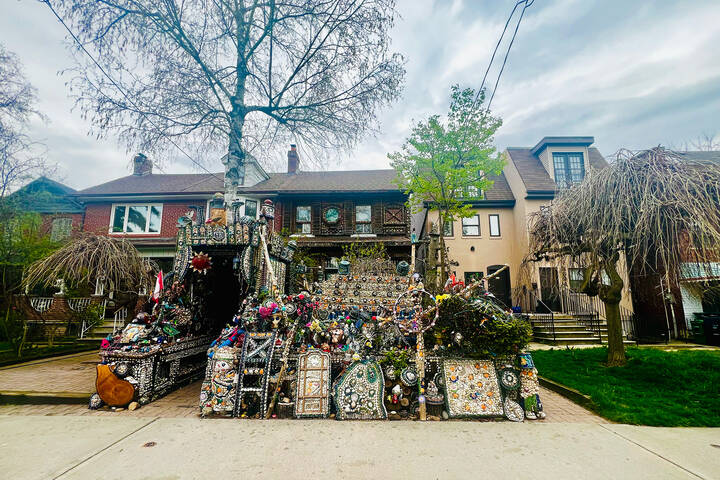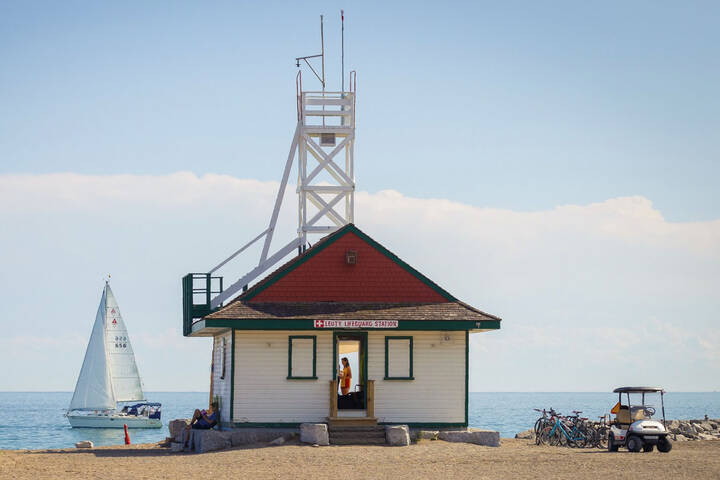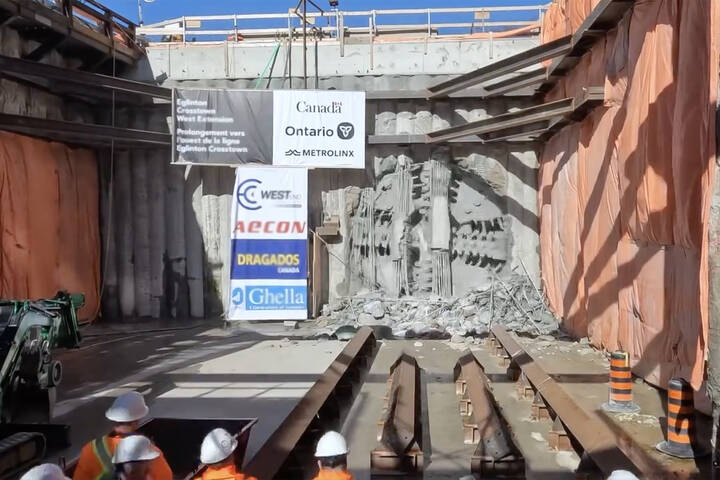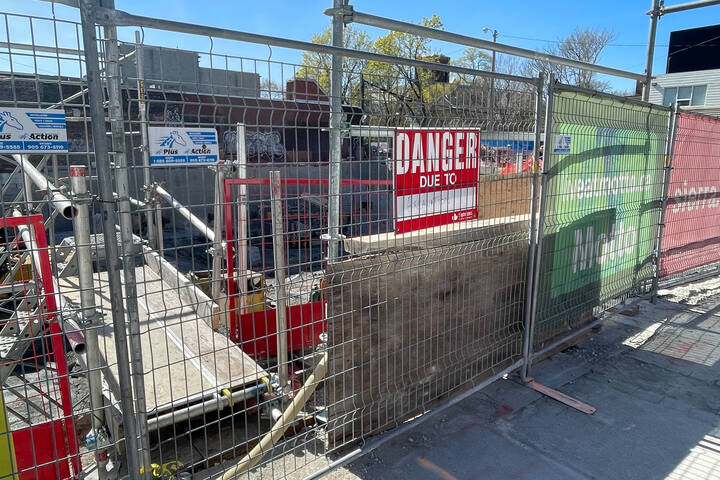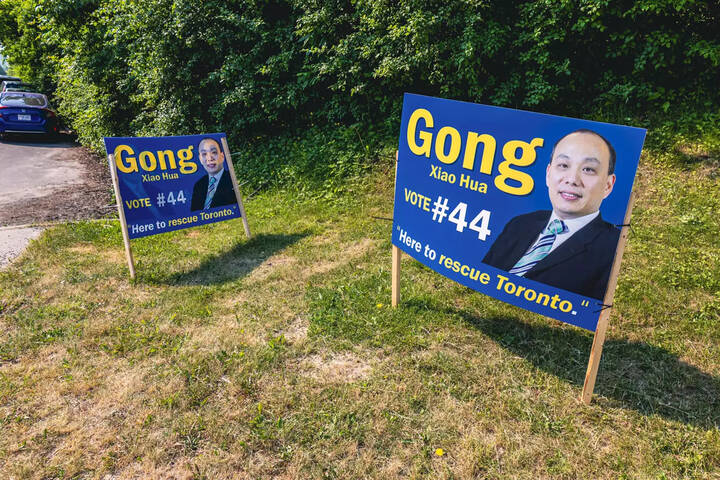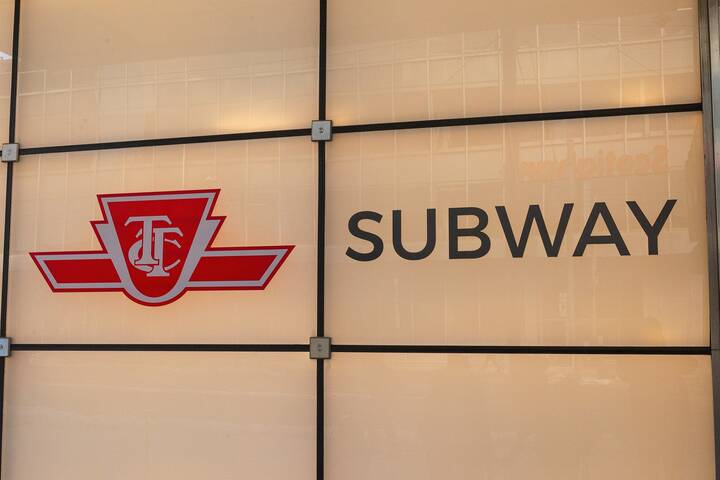
The Gardiner Expressway won't be fixed any time soon
Waterfront Toronto and staff from the City of Toronto shed more light on the future of the eastern Gardiner Expressway this afternoon, revealing the results of an environmental assessment into four possible options: maintain, improve, replace, or remove.
There's no official recommendation yet - that will come at the March Public Works and Infrastructure committee meeting - but evidence presented today suggests the best way to deal with the dilapidated 2.4 km stretch of Gardiner Expressway east of Jarvis Street is to knock it down.
That said, it's really not that simple, and any decision will take decades to realize.
Demolishing the road is the cheapest and quickest option, according to the EA, but it would require drastically altering Lake Shore Blvd. and would ultimately lead to the steepest increase in travel times - somewhere in the region of 15 minutes in each direction - in and out of downtown.
In fact, every scenario forecasts an increase in travel times, on average 5 to 10 minutes per trip, by 2031 even with a Yonge relief line, East Bayfront LRT, and improvements to GO services. Waterfront Toronto and the city assume all three of these features will be in place or close to completion by the time Gardiner work finishes.
The chart below shows the traffic light system staff used to compare the various options. Green represents the best result and red the worst.
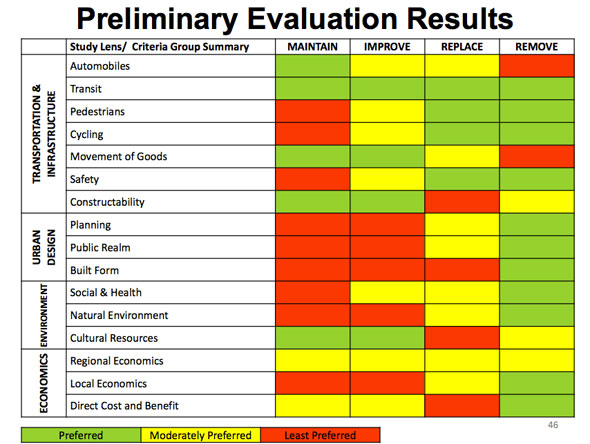
Councillor Denzil Minnan-Wong, chair of the public works committee, spoke out against demolition, saying it would lead to worse commute times and more inconvenience for drivers. "You are removing one barrier and replacing it with another," he said.
Councillor Paula Fletcher, whose ward neighbours the east Gardiner, said she's open to removal for the long-term health of the waterfront and the economy. "Everybody in Toronto has to have a good think," she said. "Let's just say it's not easy. This not an easy decision, it's not an easy discussion."
The elevated highway has shown its age in recent years, dropping substantial chunks of concrete onto Lake Shore Blvd., one of which hit a car in June 2012. The issue stems from water seeping into the support structure, rusting the rebar and expanding when it freezes.
Rob Ford said yesterday he expects a fight to keep the Gardiner standing. "I think staff and I are on a different page. I think staff want to tear it down and I want to maintain it just like most Torontonians do," CP24 reported. "It moves 4,500 people every hour, so that's a lot. We have to keep it."
In 2001, the elevated section of Gardiner between the Don Valley Parkway and Leslie St., a section of road built in anticipation of a highway through Scarborough to the 401, was demolished in order to save on a potentially costly repair bill.
In March, Waterfront Toronto and city staff will present their formal recommendation to the public works committee. The item will then head to city council, possibly in the spring, for final approval on the preferred course of action.
If council votes in favour of the recommendation, the idea will be fully fleshed out and presented for approval during the next term of council. It could be 2019 or 2020 before shovels enter the ground and closer to 2031 before work is complete.
Here are the options as outlined today:
MAINTAIN
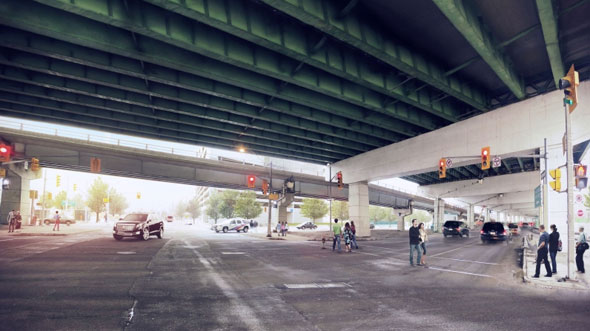
Status quo. Keep fixing the Gardiner per the existing schedule using money set aside in the 10-year capital plan. The road configuration above and below the highway would remain largely unchanged, though Lake Shore Blvd. would be re-routed at Cherry St.
TIME: 6 years of lane closures on the Gardiner and Lake Shore Blvd.
COST: $535 million (2013)
IMPROVE:
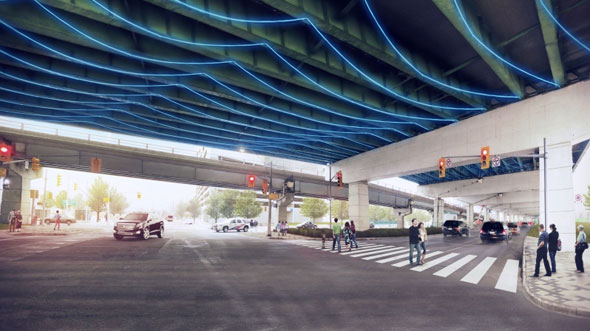
Work in phases to reshape and improve the existing structure. The number of highway lanes would be reduced to four to make way for an emergency shoulder. Down below, Lake Shore would get public realm improvements and a new cycling trail, plus other tweaks.
TIME: 6 years of lane closures on the Gardiner and Lake Shore Blvd.
COST: $865 million (2013)
REPLACE:
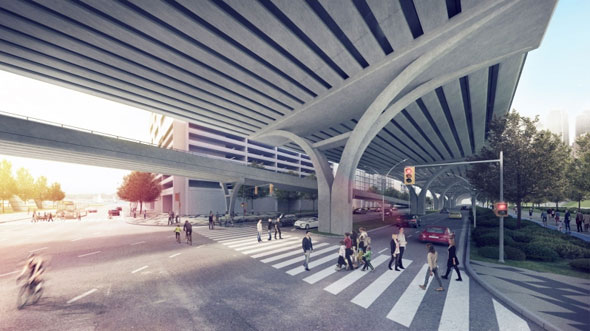
Demolish the Gardiner and build a brand new, taller elevated highway, most likely with a central support that improves visibility and sunlight below. Lake Shore Blvd. would see a series of improvements, including a bike trail and new parks.
TIME: 8 years of no Gardiner or Lake Shore Blvd. access.
COST: $1.3 billion (2013)
REMOVE:
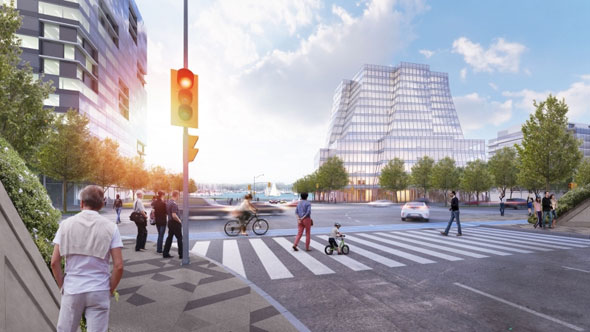
Demolish the Gardiner in favour of a new 8-lane, tree-lined Lake Shore Blvd. There would be dedicated turning lanes, new sidewalks, and a cycling trail on the south side but traffic would be required to stop at traffic lights at all major intersections. A ramp at Jarvis St. would lead up to the remaining portion of highway.
TIME: 3 years of lane closures on both roads.
COST: $470 million (2013)
What do you think of the options? Is knocking down the Gardiner really the best choice? Can Toronto build the transit infrastructure it needs to make the Gardiner viable?
Chris Bateman is a staff writer at blogTO. Follow him on Twitter at @chrisbateman.
Image: Waterfront Toronto
Latest Videos
Latest Videos
Join the conversation Load comments
